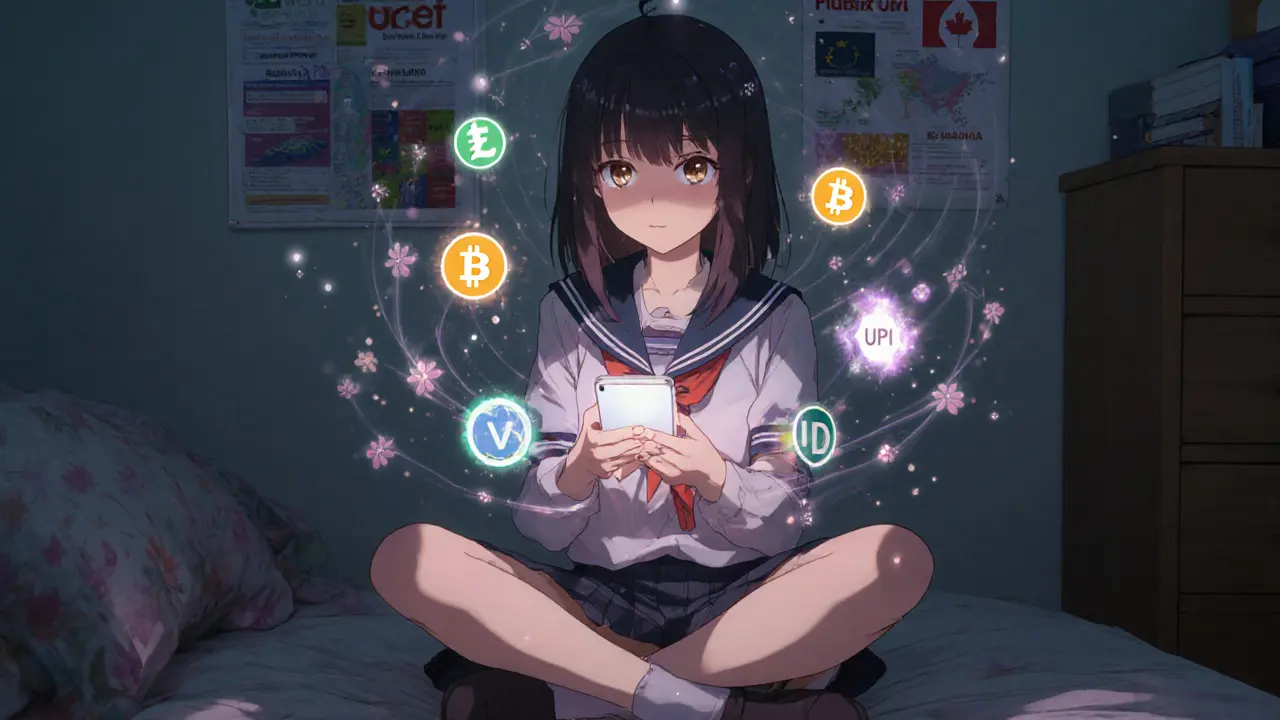Crypto Adoption in India: What’s Really Happening and Who’s Using It
When we talk about crypto adoption in India, the rapid, grassroots movement of everyday Indians using digital assets to save, send, and trade money outside the traditional banking system. Also known as digital currency adoption, it’s not about speculation—it’s about survival, access, and control. While banks freeze accounts and inflation eats away at savings, millions of Indians are turning to Bitcoin, Ethereum, and other tokens—not as investments, but as tools.
This isn’t just a tech trend. It’s a response to real problems: unreliable banking, slow remittances, and currency devaluation. People in cities like Mumbai and Bangalore use crypto exchanges India, platforms like WazirX, CoinDCX, and ZebPay that let users buy crypto with UPI. Also known as Indian crypto platforms, they’ve become the new ATMs for the unbanked. Meanwhile, in rural areas, workers sending money home to families in Bihar or Uttar Pradesh use crypto to avoid 8% fees from traditional services. The Indian crypto users, a mix of students, gig workers, small business owners, and farmers. Also known as crypto-savvy Indians, they don’t care about NFTs or meme coins—they care about getting value across borders without waiting days or paying huge fees.
But it’s not all smooth sailing. The cryptocurrency regulation India, a patchwork of taxes, bank restrictions, and legal gray zones. Also known as India’s crypto rules, it’s changed more than once since 2018, when the RBI tried to ban crypto altogether—only to be overturned by the Supreme Court. Today, crypto is legal, but taxed at 30% with no loss offset. That’s harsh, but it hasn’t stopped adoption. In fact, India now has one of the highest per-capita crypto ownership rates in the world, according to Chainalysis. People aren’t waiting for permission—they’re building their own financial system.
And then there’s Bitcoin. It’s not just a coin here—it’s a hedge. When the rupee drops, people buy BTC. When banks delay payments, they use USDT. When they need to send money abroad, they bypass Western Union and use peer-to-peer crypto. This isn’t rebellion. It’s pragmatism. And it’s happening at a scale no government or bank predicted.
What you’ll find below isn’t a list of top exchanges or how-to guides. It’s a collection of real stories and hard truths: how Bangladeshis use VPNs to trade crypto under pressure, how Angola shut down mining to save its power grid, how North Korea steals crypto and turns it into cash. These aren’t random topics—they’re all connected. Because crypto adoption in India doesn’t happen in a vacuum. It’s shaped by global crackdowns, technical workarounds, and the quiet desperation of people who need better options. And that’s what these posts reveal.
Crypto Adoption in India: How Users Bypassed Restrictions to Lead the World
Nov, 24 2025
Despite harsh taxes and regulatory uncertainty, India leads the world in crypto adoption, driven by grassroots use, digital infrastructure, and real-world financial needs - not speculation.
Read Article→
